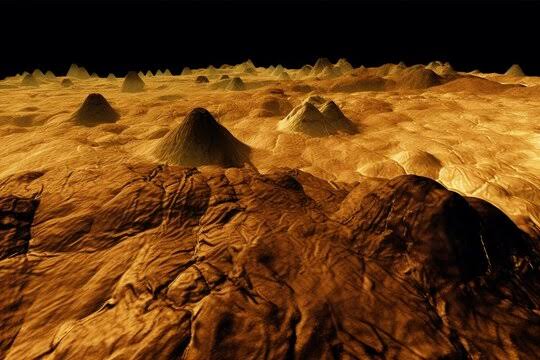Imagine a planet that’s similar in size and composition to Earth, but with a surface that’s as dry as the Sahara desert. Welcome to Venus, our closest planetary neighbor. New research suggests that Venus never had oceans, and its interior is as dry as its surface.
Earth, on the other hand, is a water planet, with a whopping 71% of its surface covered in oceans. But it’s not just the surface that’s wet – Earth’s interior is also thought to have a significant amount of water, which is essential for life.
The study, published in the journal Nature Astronomy, analyzed the chemical composition of Venus’ atmosphere to infer the water content of its interior. The researchers concluded that Venus has a substantially dry interior, consistent with the idea that it was left desiccated after its surface was formed from molten rock.
Here are the key findings:
- Venus’ Dry Past:
- Researchers concluded that Venus has a substantially dry interior, consistent with the idea that it was left desiccated after its surface was formed from molten rock.
- No Water, No Life: Water is essential for life, so the study’s conclusions suggest that Venus was never habitable.
- Volcanic Clues: Volcanic gases on Venus contain less than 6% water vapor, indicating a dry interior. In contrast, volcanic gases on Earth contain over 60% water vapor.
- A Different History: Venus’ history is vastly different from Earth’s. While Earth has oceans covering 71% of its surface, Venus’ surface is baked and barren.
- Venus and Earth: A Tale of Two Planets: Despite their similarities in size and composition, Venus and Earth have evolved in dramatically different ways. Venus’ surface temperature reaches as high as 465°C, making it one of the most inhospitable places in the solar system.
The study’s findings have implications for our understanding of Venus and its potential for life. As Tereza Constantinou, the study’s lead author, said, “Venus provides a natural laboratory for studying how habitability evolves.”


